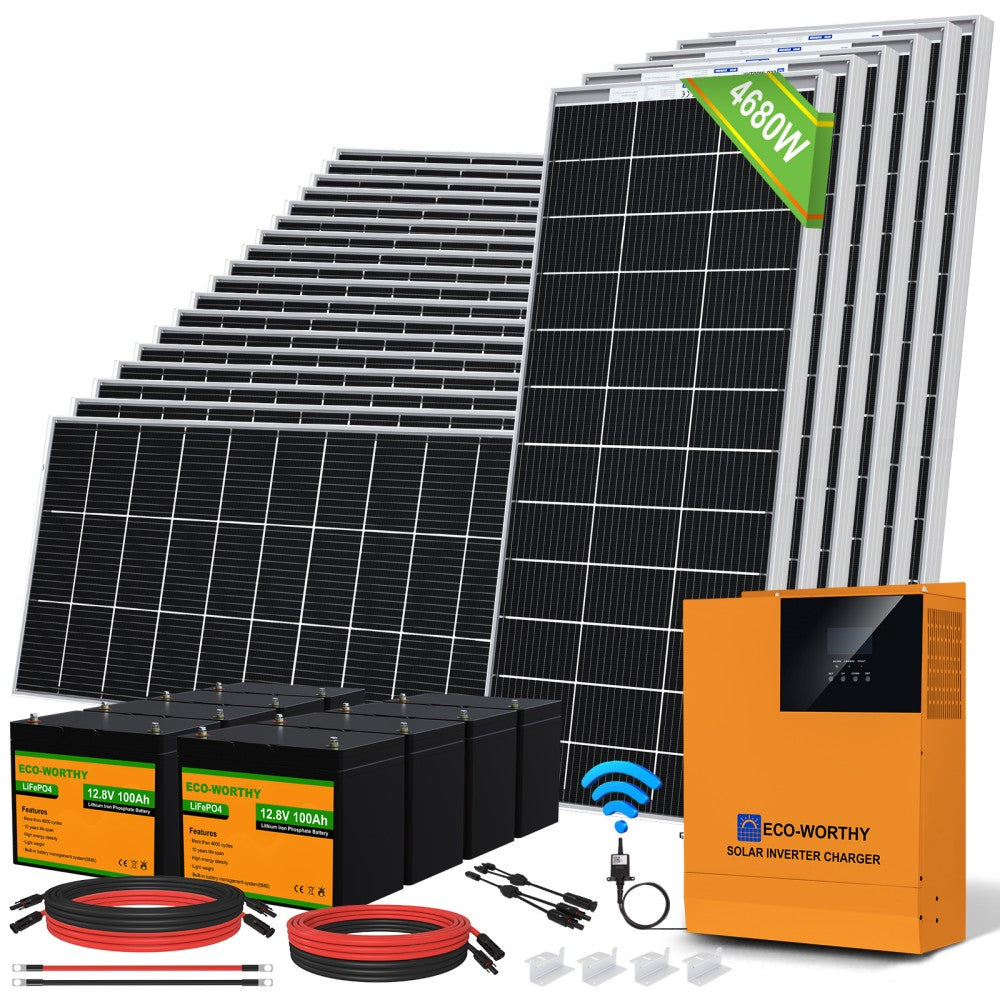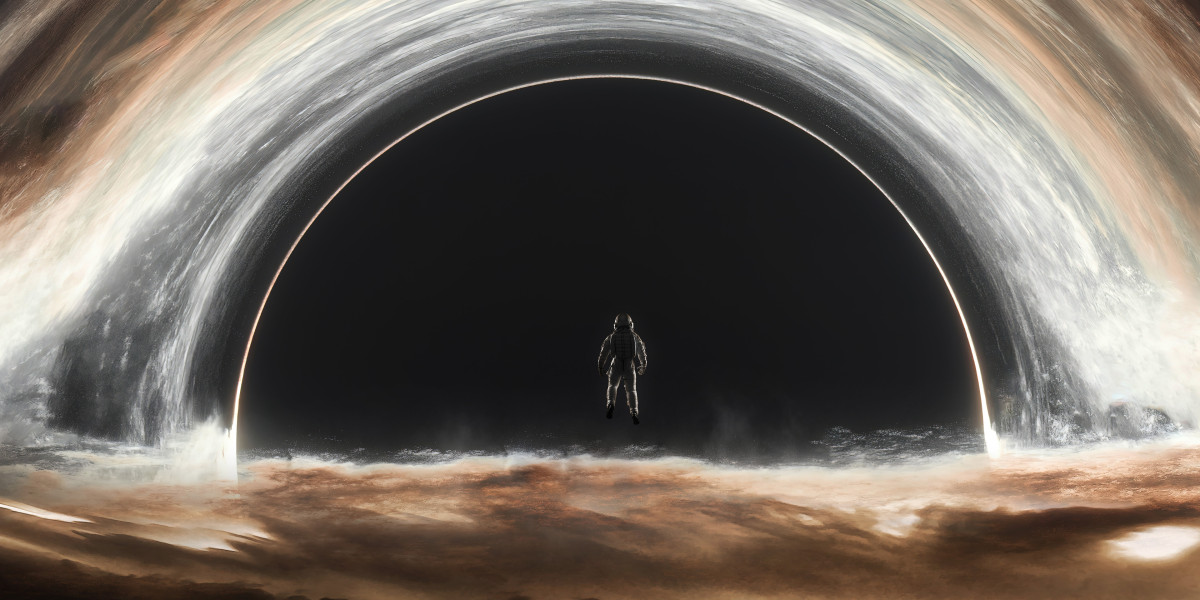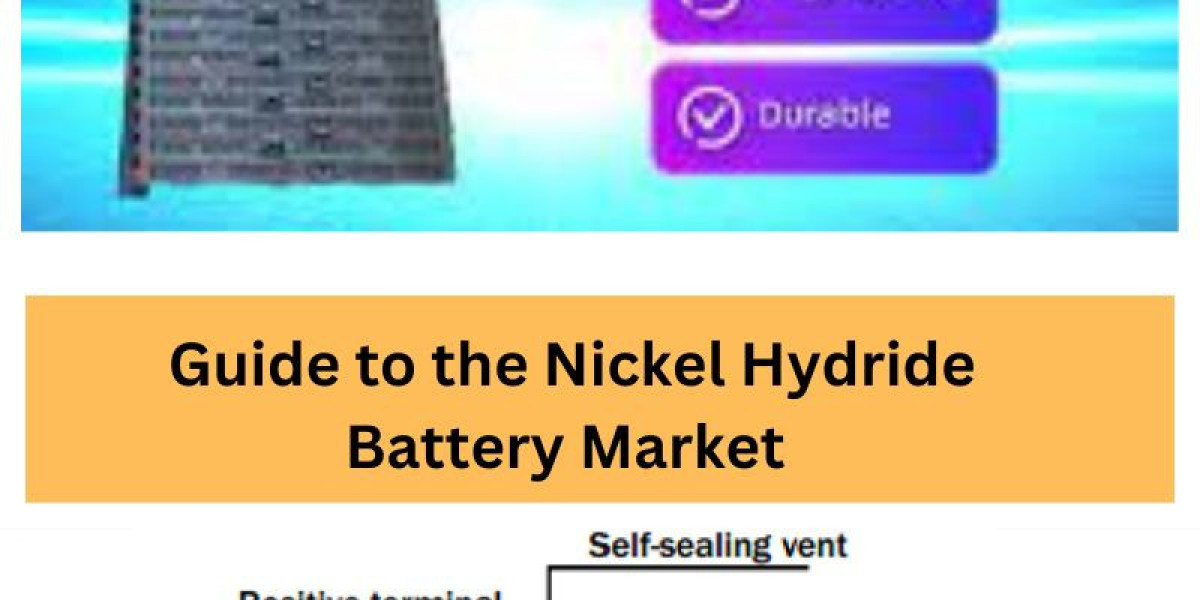In recent years, the concept of an off-grid solar system has gained significant traction among environmentally conscious individuals and those seeking energy independence. But what exactly does it entail? This guide aims to provide a comprehensive understanding of how to design your own off-grid solar system, ensuring you can harness the sun's energy effectively.

Understanding the Off-Grid Solar System
An off-grid solar system is a self-sufficient energy system that operates independently of the traditional electricity grid. It typically consists of solar panels, a charge controller, batteries, and an inverter. By generating and storing energy, users can power their homes or businesses without relying on external electricity sources.
Key Components of an Off-Grid Solar System
- Solar Panels: These are the primary components that capture sunlight and convert it into electricity.
- Charge Controller: This device regulates the voltage and current coming from the solar panels to prevent battery overcharging.
- Batteries: Essential for storing energy, batteries allow you to use solar power even when the sun isn’t shining.
- Inverter: This component converts the stored DC (direct current) electricity into AC (alternating current), which is used by most household appliances.
Benefits of an Off-Grid Solar System
Choosing an off-grid solar system offers numerous advantages:
- Energy Independence: You are no longer reliant on utility companies, which can lead to significant savings over time.
- Environmental Impact: Solar energy is renewable and reduces your carbon footprint.
- Resilience: In areas prone to power outages, an off-grid system ensures a continuous power supply.
Designing Your Off-Grid Solar System
When designing your off-grid solar system, several factors must be considered:
- Energy Needs: Calculate your daily energy consumption to determine the size of the solar system required.
- Location: The amount of sunlight your area receives will influence the efficiency of your solar panels.
- Budget: Establish a budget that includes all components and installation costs.
Installation and Maintenance
Once you have designed your off-grid solar system, the next step is installation. While some may choose to hire professionals, others may opt for a DIY approach. Regardless of the method, regular maintenance is crucial to ensure optimal performance. This includes cleaning the solar panels and checking battery health periodically.
Conclusion
In summary, an off-grid solar system provides a sustainable and independent energy solution. By understanding its components, benefits, and design considerations, you can create a system that meets your energy needs while contributing positively to the environment. Are you ready to take the plunge into solar energy? The journey towards energy independence begins with informed decisions and careful planning.








